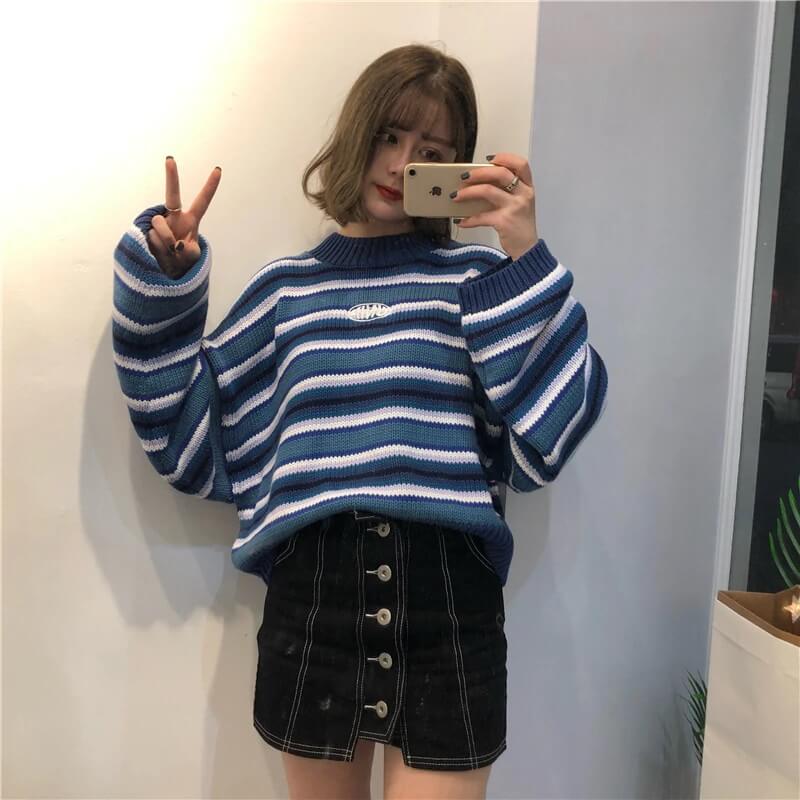
Its shelf life is shorter if it has been exposed to high temperatures. Sunscreen without an expiration date has a shelf life of no more than 3 years. Put it on again if you stay out in the sun for more than 2 hours and after swimming, sweating, or toweling off.Įxpiration date. You should use a broad spectrum sunscreen with SPF of 15 or higher. Sunscreens are assigned a sun protection factor (SPF), which is a number that rates how well they block UV rays. Food and Drug Administration external icon recommends keeping infants out of the sun during midday and using protective clothing if they have to be in the sun. Sunscreen is not recommended for babies who are 6 months old or younger. And remember, sunscreen works best when combined with other options. Get help for hard-to-reach places like your back. Don’t forget to put a thick layer on all exposed skin. Put on broad spectrum sunscreen external icon that blocks both UVA and UVB rays and has an SPF of 15 or higher before you go outside. It is intended to be combined with other sun-safety approaches.” Get The Truth About Sunscreen in this blog post. “Sunscreen isn’t an all-protective force field. Wrap-around sunglasses work best because they block UV rays from sneaking in from the side. Most sunglasses sold in the United States, regardless of cost, meet this standard. Sunglasses that block both UVA and UVB rays offer the best protection.
#Reflect studio clothing skin#
They also protect the tender skin around your eyes from sun exposure. Sunglasses protect your eyes from UV rays and reduce the risk of cataracts.

If you wear a baseball cap, you should also protect your ears and the back of your neck by wearing clothing that covers those areas, using sunscreen, or staying in the shade. A darker hat may offer more UV protection. Avoid straw hats with holes that let sunlight through. A tightly woven fabric, such as canvas, works best to protect your skin from UV rays. Hatįor the most protection, wear a hat that has a brim all the way around that shades your face, ears, and the back of your neck. Some clothing is certified under international standards as offering UV protection. A wet T-shirt offers much less UV protection than a dry one, and darker colors may offer more protection than lighter colors. Clothes made from tightly woven fabric offer the best protection. If wearing this type of clothing isn’t practical, try to wear a T-shirt or a beach cover-up. When possible, wear long-sleeved shirts and long pants and skirts, which can provide protection from UV rays. Your best bet to protect your skin is to use sunscreen or wear protective clothing when you’re outside-even when you’re in the shade. You can reduce your risk of sun damage and skin cancer by staying in the shade under an umbrella, tree, or other shelter.
#Reflect studio clothing how to#
How to Protect Your Skin From the Sun Shade If the UV index is 3 or higher in your area, protect your skin from too much exposure to the sun. The UV Index external icon forecasts the strength of UV rays each day. In the continental United States, UV rays tend to be strongest from 10 a.m. UV rays can reach you on cloudy and cool days, and they reflect off of surfaces like water, cement, sand, and snow. Protection from UV rays is important all year, not just during the summer.

UV rays are an invisible kind of radiation that comes from the sun, tanning beds, and sunlamps. Most skin cancers are caused by too much exposure to ultraviolet (UV) light. external icon You can work and play outside without raising your skin cancer risk by protecting your skin from the sun. Spending time outside is a great way to be physically active, reduce stress, and get vitamin D. This video explains how to protect your skin from the sun. Skin cancer is the most common cancer in the U.S.


 0 kommentar(er)
0 kommentar(er)
